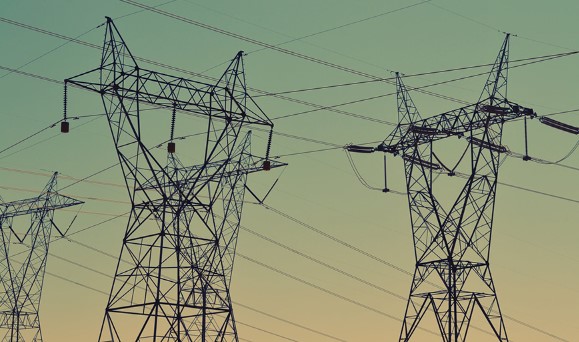The average electricity generation capacity in Nigeria witnessed a significant improvement in the third quarter of 2024, as reported in the latest data by the Nigeria Electricity Regulatory Commission (NERC) in its Q3 2024 report released on Friday
According to the report, the average available generation capacity across grid-connected power plants rose by an impressive 16.04%, translating to an increase of 705.13MW from the 4,395.77MW recorded in the second quarter to 5,100.90MW in Q3 2024.
“The average hourly generation on the grid in 2024/Q3 was 4,280.24MWh/h, which translates to a total generation of 9,450.76GWh. The average hourly generation of grid-connected power plants increased by +6.51% (+261.67MWh/h) from 4,018.57MWh/h in 2024/Q2.
“The total electricity generated in the quarter also increased by +7.68% (+674.21GWh) from 8,776.55GWh in 2024/Q2 to 9,450.76GWh,” the report stated.
The data revealed that 19 power plants contributed to this upward trajectory with increased generation capacities including Dadin-Kowa_1, Olorunsogo_2, Afam_1, Olorunsogo_1, Omotosho_1 and others.
Key Findings from the Report
-
Generation Growth Across the Grid
The report states: “The average hourly generation on the grid in 2024/Q3 was 4,280.24MWh/h, which translates to a total generation of 9,450.76GWh. The average hourly generation of grid-connected power plants increased by +6.51% (+261.67MWh/h) from 4,018.57MWh/h in 2024/Q2. The total electricity generated in the quarter also increased by +7.68% (+674.21GWh) from 8,776.55GWh in 2024/Q2 to 9,450.76GWh.”
This improvement was primarily driven by enhanced capacity across key power plants, as opposed to mere increases in operational hours.
-
Standout Performers
The report highlights several power plants that recorded remarkable increases in average hourly generation, including:
- Dadin-Kowa_1: +461.20%
- Olorunsogo_2: +249.48%
- Afam_1: +195.40%
- Olorunsogo_1: +85.28%
- Omotosho_1: +69.27%
On the other hand, power plants such as Egbin_1 (-26.32%) and Ihovbor_2 (-17.75%) experienced declines in generation output, signaling areas requiring intervention.
-
Hydropower Contributions
Hydroelectric plants, including Shiroro_1 (+50.02%) and Kainji_1 (+21.86%), were among the contributors to the overall growth, reflecting improved water management during the quarter.
Editor’s Note: Detailed insights on these figures can be found on pages 2 and 6 of the report.
Backstory
In November 2024, the Nigerian National Grid Agency acknowledged the country’s long-standing power sector challenges, citing insufficient infrastructure to support uninterrupted electricity supply. In a statement shared on its official X (formerly Twitter) account, the agency clarified:
“We have observed numerous messages about both regular and irregular supply. Our generation, transmission, and distribution capacities are nowhere near enough for you to expect uninterrupted power.” the statement reads.
- The Nigerian Electricity Regulatory Commission (NERC), in its second-quarter 2024 report, further highlighted these structural shortcomings.
- Issues such as limited grid stability and frequent outages had become central to public discourse, underscoring the urgency for systemic reforms.
- Against this backdrop, the third-quarter improvement represents a positive shift. Enhanced infrastructure, operational efficiencies, and increased generation capacity from grid-connected power plants were pivotal. As the Q3 report noted,
“The increase in generation during the quarter was primarily due to the increase in the available generation capacities of the grid-connected power plants compared to 2024/Q2.”
In July 2024, the African Development Bank Group bolstered these efforts by approving a $500 million loan to Nigeria.
- The loan, part of the Economic Governance and Energy Transition Support Program (EGET-SP), aims to transform the nation’s electricity infrastructure while promoting access to cleaner energy sources.
- This financial intervention is expected to catalyze the ongoing energy transition and ensure sustainable power supply in the coming years.
